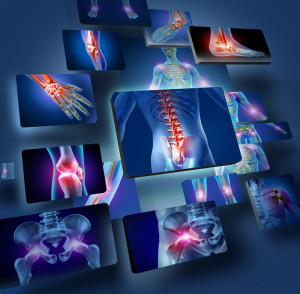42,000 steps later and HIMSS19 is behind me. Heard insightful and moving speakers at the CHIME CIO Forum. Co-presented with Pam Arora on the relationship between IT and HTM. Sponsored the networking breakfast at the career fair. Facilitated a roundtable at the mentor meetup. Interviewed by Bill Russell for his This Week in Health IT podcast HIMSS series. Walked the exhibit hall. Had many great conversations with new and old colleagues. And promoted our new StarBridge Advisors service, C-change, receiving lot of positive feedback and enthusiasm.
Did I meet my HIMSS19 goals? Yes. Now it’s time for all the follow-up.
My newest #HIMSS19 advice. You can’t do, hear, see everything. If you came with a few clear goals and meet some or all of them, consider your time and trip successful. My feet hurt in spite of wearing flats but meeting my goals. One more day. @StarBridgeHIT
— Sue Schade (@sgschade) February 13, 2019
In the first two days I was reminded numerous times why I work in healthcare. The CIO Forum planning committee made some bold speaker decisions this year and I applaud them for it. The day included some very personal and touching stories. Continue reading









